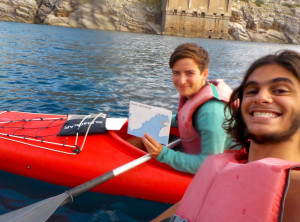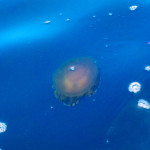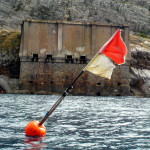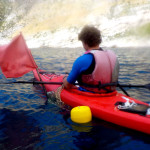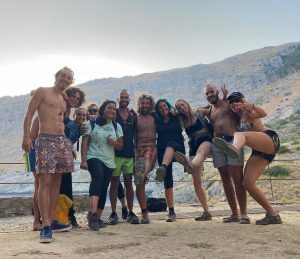Updated on October 26, 2015
Monitoring of autumn. Ieranto Bay.
Monitoring of Ieranto Bay of the summer of 2015 has ended. The quantity and quality of the data obtained during these months is great, so we have a lot of work!
But what about after the summer? Autumn! and during this period – a new monitoring! What’s there about this new monitoring? Two problems to be studied: The bay and the algae of the bay. Today I will talk about the monitoring of the bay, leaving algae monitoring for another time…
We do the monitoring twice a day – one in the morning (2-3 hours) and one in the afternoon (2-3 hours). The goal of this new monitoring is to understand what happens in the bay on the days we are there, so we have to take all the information we can, about the bay and its visitors. All the information that may be useful to know the bay of Ieranto.
Since October, fishing is allowed in Ieranto (only with authorization), so the study of fishing activity is one of the most important aspects. How do we take the data? First, we write down the identification code of the fishing boats entering the bay, trace their route on a map and also make photos. Then we mark the fishing tools that are already in the water looking at signals from fishing (enter on the map the location of the buoys, the identification code on the buoy, perspective photography, etc.). All the data that we can take can be useful.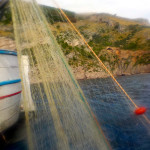
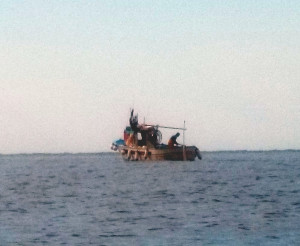
But not only this. Ieranto is a paradise that must be kept clean. So we have to take care of waste. Our work for this is to make a tour around the bay to check two things: jellyfish and waste (both in the morning and the afternoon). In this tour we have also go to the caves to take all the data possible. Clean the sea and the two beaches from waste (the big and the small one). To perform this work we have some tools such as kayaks, cameras, clothes for the wind, cap, gloves and trash bags.
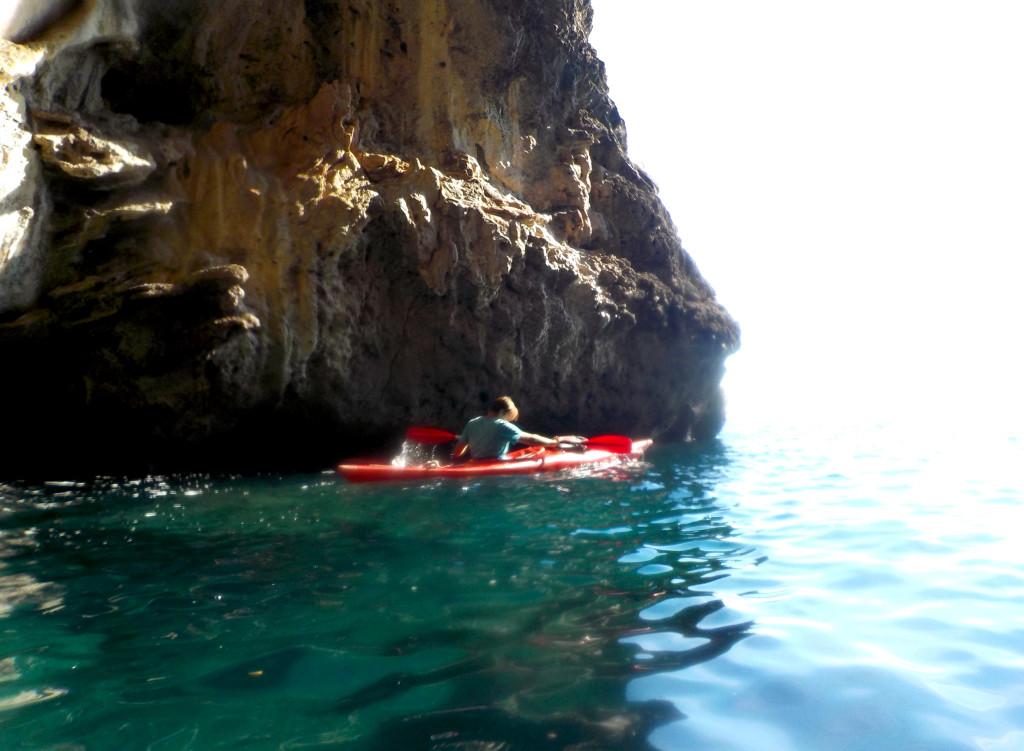 The first weekend was productive – we cleaned the bay thoroughly and obtained the relevant information from the fishermen and we saw one of the clearest waters of The Sorrento Peninsula. In addition, we breathe fresh and clean air. We will continue to keep up this place!
The first weekend was productive – we cleaned the bay thoroughly and obtained the relevant information from the fishermen and we saw one of the clearest waters of The Sorrento Peninsula. In addition, we breathe fresh and clean air. We will continue to keep up this place!


